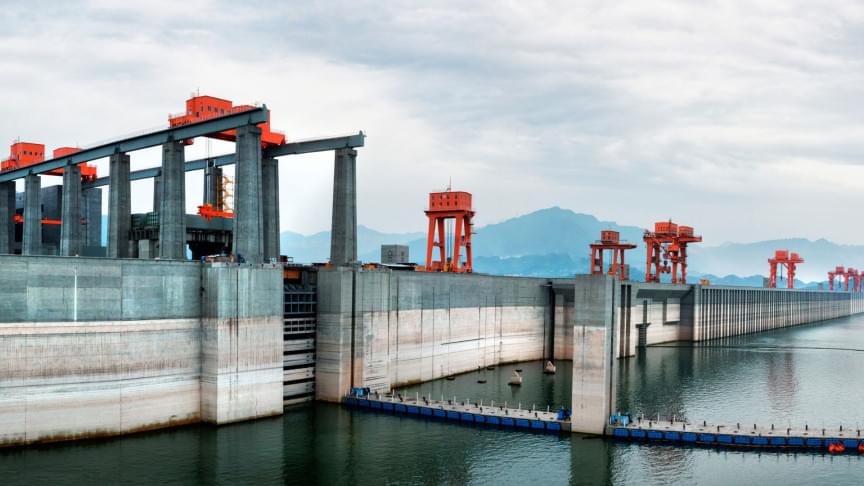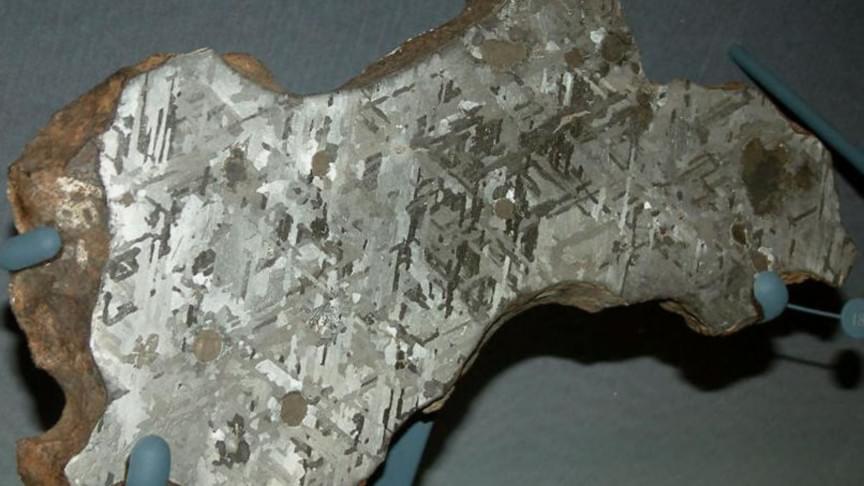Get the low down on the main differences between the Robertson and Phillips screw. Perhaps, just perhaps, you’ll never use a Phillips screw ever again.
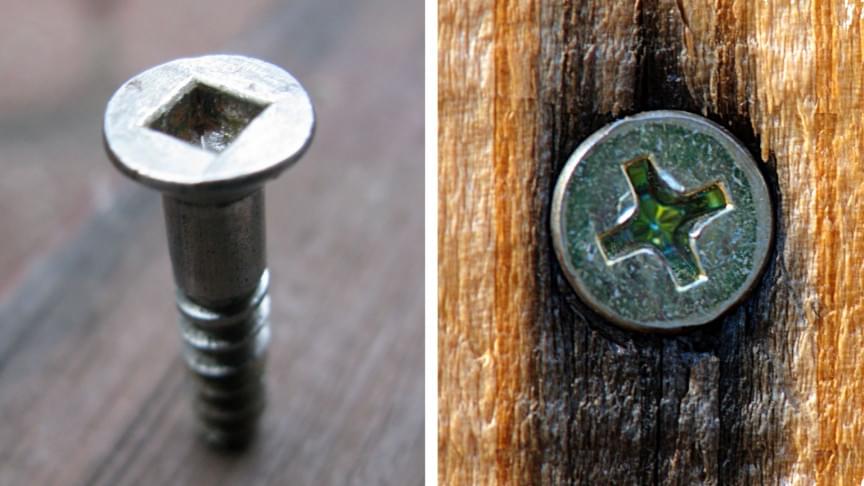

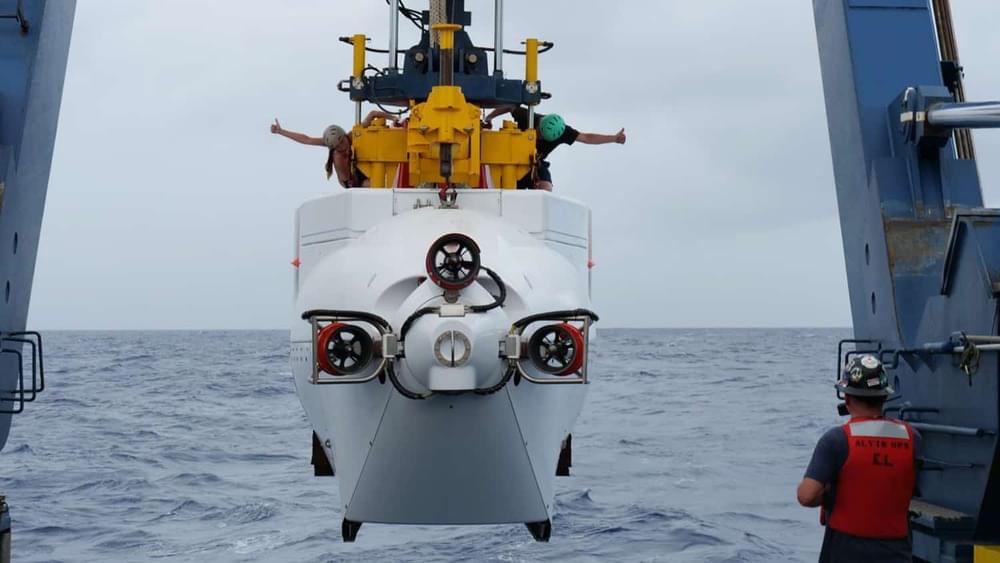

An Israel-based company was exposed for employing a malware that exploited a vulnerability in Google’s search engine to access the personal data of co.
Cybersecurity researchers were able to link a zero-day vulnerability in Google’s search engine to a US-sanctioned Israeli spyware company that targets journalists throughout West Asia.
On 21 July, cybersecurity company Avast reported that the Israeli spyware company, Candiru, was behind the DevilsTongue malware that has targeted dozens of journalists in Lebanon, Turkey, Yemen, and Palestine.
The malware was injected through an exploit, a program designed to take advantage of a vulnerability, identified as CVE-2022–2294.
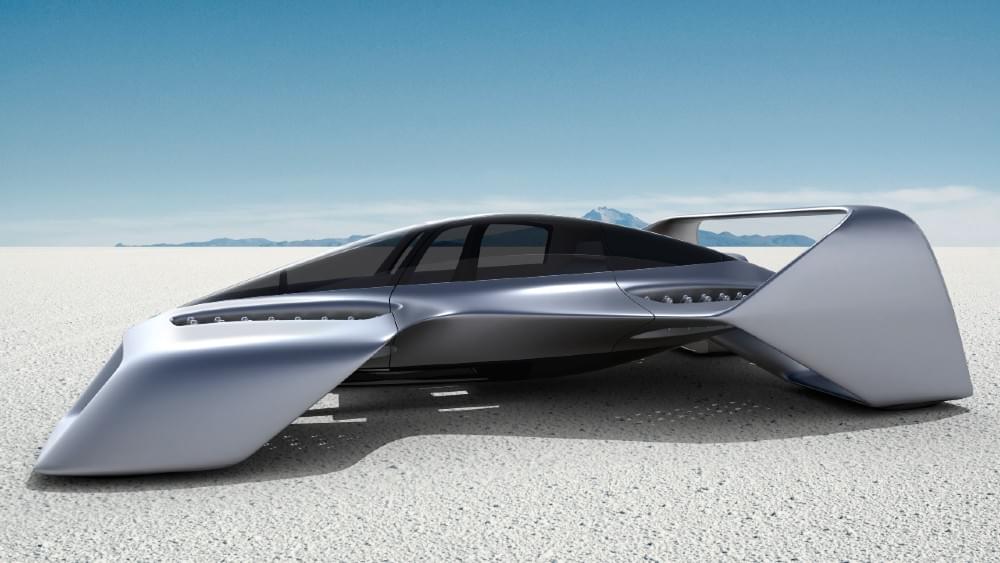
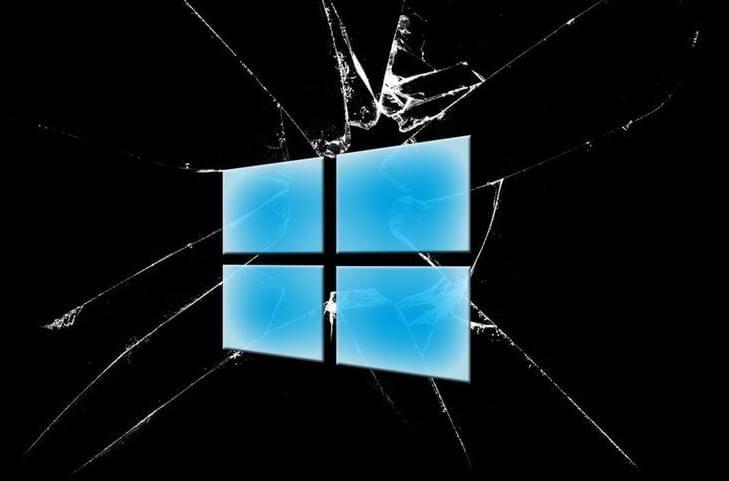
Microsoft is warning customers that Windows updates released since June 28 will trigger printing issues on devices connected using USB.
“Microsoft has received reports of issues affecting some printing devices following installation of Windows updates released June 28 (KB5014666) and later,” Redmond explained.
Affected platforms include both client (Windows 10, version 20H2, 21H1, and 21H2) and server (Windows Server, version 20H2).

A new phishing campaign codenamed ‘Ducktail’ is underway, targeting professionals on LinkedIn to take over Facebook business accounts that manage advertising for the company.
The operators of Ducktail have a narrow targeting scope and select their victims carefully, trying to find people who have admin privileges on their employer’s social media accounts.
The discovery of this campaign comes from researchers at WithSecure, who have been tracking what they believe to be a Vietnamese threat actor since 2021, and collected evidence of activity dating going back to 2018.
